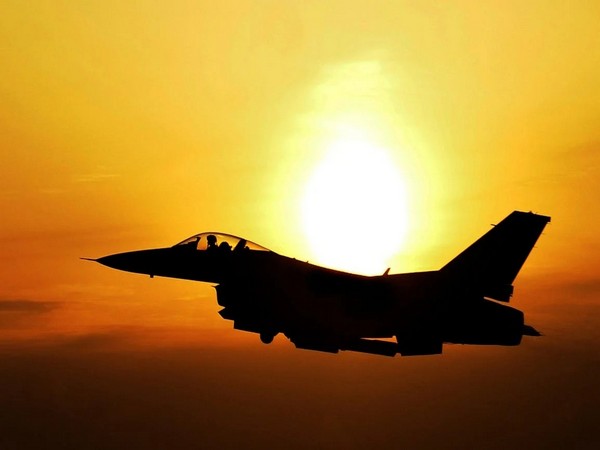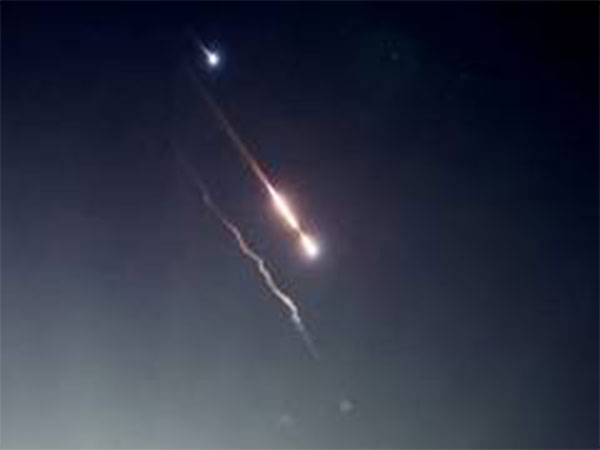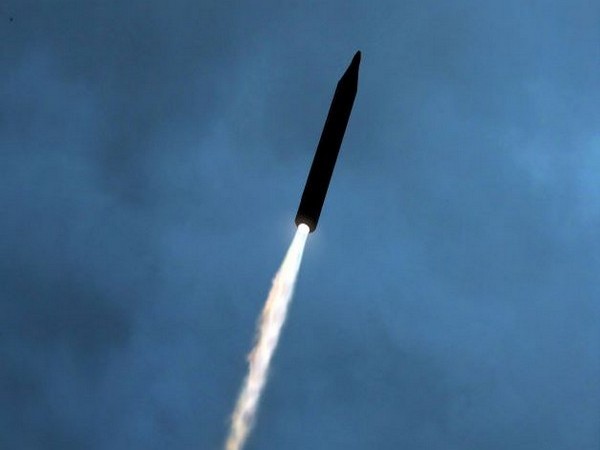
The era of AI fighters is gradually emerging
May 14, 2024
Beijing [China], May 14: The South China Morning Post reported on May 12 that Chinese scientists are conducting research on a new artificial intelligence (AI) project in Xi'an with an unprecedented level of intelligence to meet the needs of the military. Chinese team (PLA).
This is an intelligent air combat system that can make stressful combat decisions. This system can also communicate with humans to explain combat decisions. With this technological breakthrough, China has overcome the barrier that the PLA has encountered for many years, opening up opportunities to develop fighter aircraft operated by AI. This breakthrough also meets the call of many Chinese military experts for the country to quickly develop AI fighter jets to avoid falling behind the US. Compared to human-controlled aircraft, AI fighters will have more flexible combat capabilities, while reducing the risk of casualties for soldiers.
In early May, the US made a new push for AI fighter jets . Specifically, on May 3 at Edwards Air Force Base (California, USA), Secretary of the Air Force Frank Kendall personally sat in the front seat of the X-62A VISTA fighter jet and conducted a test flight at high speed. to 550 mph (about 885 km/h). Developed from the F-16 multi-mission fighter, the X-62A VISTA is operated by AI to aim for automatic combat capabilities. In the above test, the X-62A VISTA also flew at a distance of only about 300 m with another F-16, while spiraling and performing movements like a real pilot.
Although being able to actually participate in combat requires many other steps of development and testing, the success in testing with the X-62A VISTA is an important step forward for the US Air Force since launching the war. Stealth fighters entered combat in the early 1990s. Testing with the X-62A VISTA also marked an important step forward for the AI fighter era.
Moral questions in the new era of war
In early May 2012, Boeing conducted a test flight of the QF-16, an unmanned aerial vehicle (UAV) version of the F-16 series, for 66 minutes and reached a ceiling altitude of nearly 12.5 km. During this test, an experienced pilot was present in the cockpit to prevent the plane from losing control. However, the pilot did not have to intervene in the flight process when the ground control center completely controlled the situation for 66 minutes.
At that time, the general trend of the global military was to switch to unmanned vehicles. Among them, the US stands out with UAV lines such as the MQ-1 Predator and MQ-9 Reaper. The country also develops the Fire Scout MQ-8B unmanned armed helicopter and many types of surface warships and unmanned submarines.
Recent combat reality shows how UAVs have created an advantage. However, the explosive development of AI is quickly pushing weapon automation to a new level. During ongoing military campaigns in the Gaza Strip, Israel is alleged to have used AI in combat. Specifically, in early April, international media quoted a number of intelligence sources as saying that the Israeli army's bombing campaign in Gaza used an AI-powered data system and identified 37,000 targets. potential given their apparent links to Hamas. Named Lavender, this Israeli system has not been previously disclosed and is accused of leading to inaccurate attack decisions causing many civilian casualties.
In fact, accuracy in combat decision-making has become a big question regarding the ethics of AI-based weapons and combat methods. This is also a major barrier in legalizing AI weapons.
Source: Thanh Nien Newspaper









